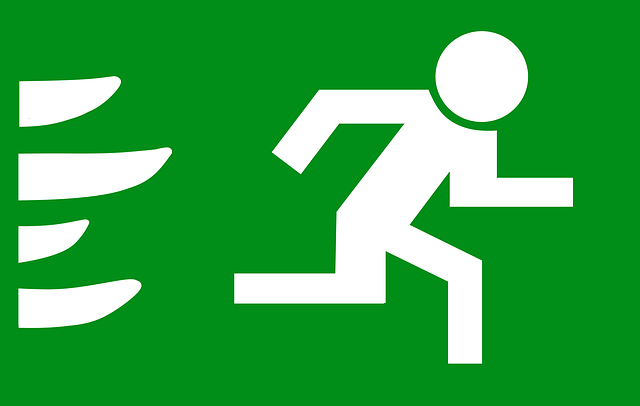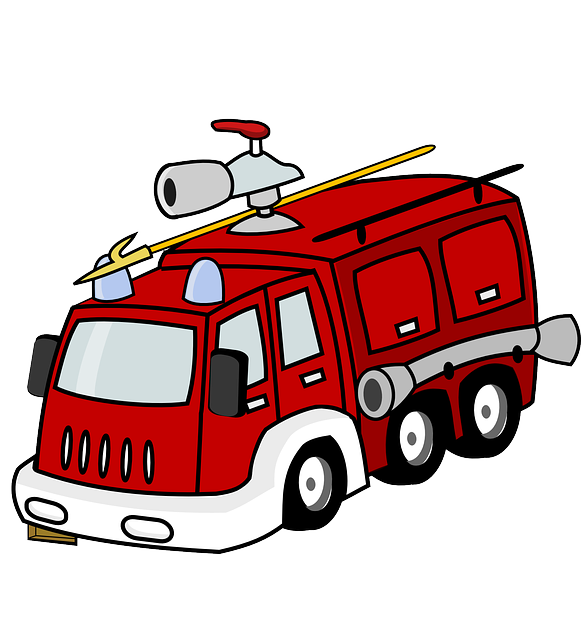In today's industrial landscape, Hazardous Material (Hazmat) training is crucial for worker safety and environmental protection. Economical fire training units have emerged as game-changers, offering affordable, efficient solutions to simulate hazardous scenarios. These units empower organizations to train their staff realistically, enhancing emergency response capabilities and adherence to standards. By providing versatile and dynamic simulations, they ensure all team members receive comprehensive training despite budget constraints. Using these units for dome leak drills offers significant benefits, promoting scenario-based learning and preparing professionals for real-world challenges.
In today’s industrial landscape, effective hazardous materials (Hazmat) response is paramount. Traditional Hazmat training often comes with significant costs and logistical challenges. This article explores an innovative solution: economical fire training units as a viable alternative. These units offer a practical, cost-effective approach to simulating dome leak scenarios, enhancing safety and preparedness without straining resources. By implementing these units, organizations can streamline their training programs, ensuring a more efficient and ready response to potential Hazmat incidents.
- Understanding Hazmat Training and its Importance
- Challenges in Traditional Hazmat Practice
- Introducing Economical Fire Training Units
- Benefits of Using Economical Props for Leak Simulation
- Setting Up an Efficient Dome Leak Practice Session
- Best Practices for Safe and Effective Training
Understanding Hazmat Training and its Importance

In today’s world, where safety is a paramount concern, especially in industrial settings, understanding Hazardous Material (Hazmat) training and its importance cannot be overstated. This type of training equips individuals with the knowledge and skills needed to handle, store, and transport hazardous substances safely, minimizing potential risks and disasters. It plays a pivotal role in protecting not only workers but also the environment from harmful exposures and releases.
Economic fire training units have emerged as game-changers in Hazmat education due to their affordability and efficiency. These units provide cost-effective solutions for simulating various hazardous scenarios, enabling practitioners to gain practical experience without incurring steep costs. By utilizing these innovative tools, organizations can ensure that their staff are well-prepared to respond swiftly and effectively during actual emergencies, ultimately enhancing overall safety and compliance with regulatory standards.
Challenges in Traditional Hazmat Practice

In traditional hazmat practice, one of the primary challenges lies in the cost and logistics associated with simulating realistic leak scenarios. Often, exercises require specialized equipment and materials that are expensive to procure and maintain. This can limit the frequency and intensity of training sessions, hindering preparedness among response teams. Additionally, setting up complex labyrinthine scenes can be time-consuming and requires a significant amount of manpower, making it impractical for regular, comprehensive fire training.
Economic fire training units offer a viable alternative by providing cost-effective and versatile solutions. These units are designed to mimic hazardous materials in a controlled environment, enabling more frequent and realistic practice sessions without breaking the bank. By employing innovative technologies and materials, these economical alternatives streamline setup and breakdown times, allowing for efficient use of resources. This, in turn, enhances the overall effectiveness of hazmat training while ensuring it remains accessible and relevant in today’s digital era.
Introducing Economical Fire Training Units

Introducing economical fire training units has revolutionized dome leak practice, providing a cost-effective solution for hazardous material (hazmat) response preparation. These units offer a realistic simulation of various fire scenarios, allowing emergency responders to hone their skills in a controlled environment. With their affordable pricing and compact design, they are easily accessible for departments with limited budgets, ensuring that every team member can receive comprehensive training.
Unlike traditional training methods, economical fire training units streamline the process by integrating multiple functions into one portable device. This includes smoke generation, heat simulation, and even different flame behaviors, making each session versatile and adaptable to diverse training needs. Their flexibility enables instructors to create dynamic exercises, preparing firefighters for unpredictable situations they may encounter during real-world hazmat operations.
Benefits of Using Economical Props for Leak Simulation
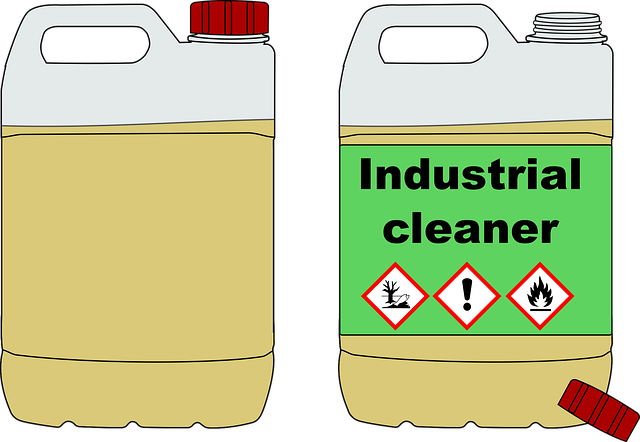
Using economical props, such as an economic fire training unit, for dome leak practice offers numerous advantages. These cost-effective solutions allow facilities to conduct comprehensive leak simulations without incurring the high expenses associated with traditional training equipment. By leveraging affordable alternatives, organizations can enhance their preparedness and response capabilities without breaking the bank.
Moreover, economical props facilitate customizable scenarios, enabling professionals to adapt exercises according to specific needs. This flexibility promotes scenario-based learning, where trainees gain practical experience addressing a variety of potential leaks. Such versatile training aids contribute to a culture of safety, ensuring that first responders are well-equipped to handle chemical, gas, or liquid spills in real-world situations.
Setting Up an Efficient Dome Leak Practice Session
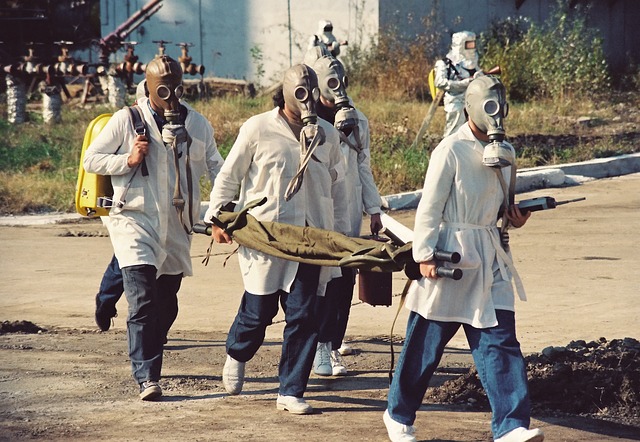
Setting up a successful dome leak practice session requires careful planning and the right equipment. An economical fire training unit can serve as an excellent prop, offering a safe and controlled environment to simulate various scenarios. Start by selecting a suitable dome structure that aligns with your training objectives; these can range from simple, lightweight models for basic practices to more complex, larger structures for advanced techniques. Place the dome in a spacious area, ensuring there’s enough room for trainees to move around and respond to the simulated leak.
To enhance realism, fill the dome with props such as barrels, tanks, or other containers that resemble hazardous materials storage. Position them strategically to mimic real-world arrangements. Additionally, consider adding lighting effects to create a challenging yet safe environment. With these preparations in place, your dome leak practice session will provide valuable training for emergency response teams while remaining cost-effective and practical.
Best Practices for Safe and Effective Training
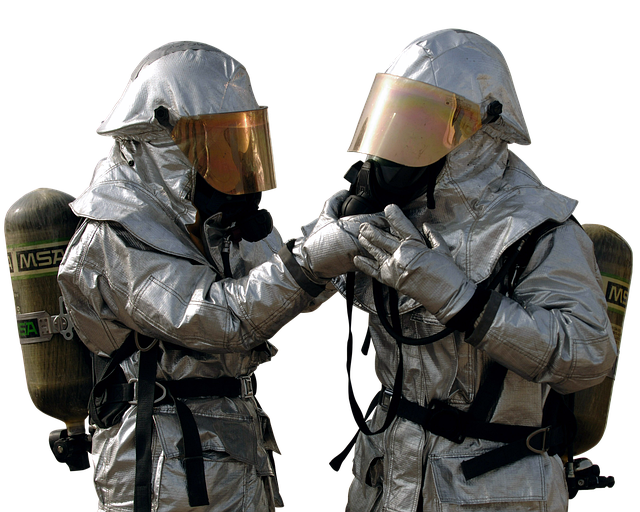
When setting up a dome leak practice, prioritizing safety and effectiveness is paramount. Begin by selecting an economical fire training unit that mimics real-world scenarios accurately. These units should be designed to simulate various hazardous materials (hazmat) conditions, allowing trainees to experience different challenges within a controlled environment. Proper ventilation is another critical aspect; ensure the training area is well-ventilated to minimize exposure risks.
Best practices also include using realistic props and mannequins to enhance immersion. Trainees should be adequately equipped with personal protective equipment (PPE), such as specialized suits, respirators, and gloves, to get hands-on experience donning and adjusting them properly. Regular maintenance of the training equipment is essential; inspect and calibrate devices regularly to ensure they function optimally. Additionally, debriefing sessions after each practice are invaluable for discussing lessons learned and refining response strategies.



